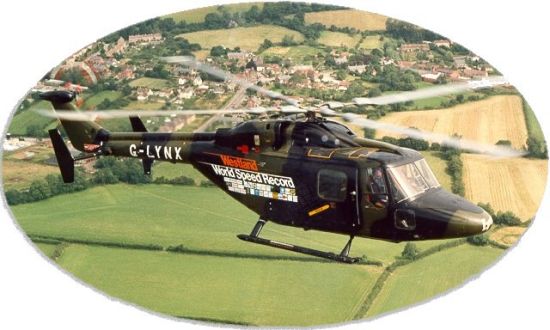|
||||||||||
|
|
||||||||||
|
||||||||||
|
|
||||||||||
|
|
|
||||||||||||
|
Maximum Speed:The previous section introduced the following figure that depicts pressure contours calcualated on a rotor in forward flight.

Calculated pressure contours for variable incidence [from Seddon, 1990]This diagram also denotes a region of reversed flow on the rotor. As the forward speed of the helicopter increases, a region near the blade roots on the retreating side actually experiences a reversed flow. Combined with the large blade incidence on the retreating side, as forward speed increases, the blades approach a stalled condition. At the same time, regions near the tips on the advancing side experience a very high velocity flow, approaching the point where shock waves form, leading to shock induced flow separation. Due to these limiting factors, the maximum forward speed of a helicopter is limited to about 250 mph (402 km/h). Drawing a very close comparison to the theory, the world speed record for a helicopter is 249.10 mph (400.80 km/h). This record was set in August 1986, with a Westland Lynx from the United Kingdom flying over a 15 km course, piloted by John Egginton.

Westland Lynx, world's fastest helicopter
|


|
Aircraft | Design | Ask Us | Shop | Search |

|
|
| About Us | Contact Us | Copyright © 1997- | |||
|
|
|||